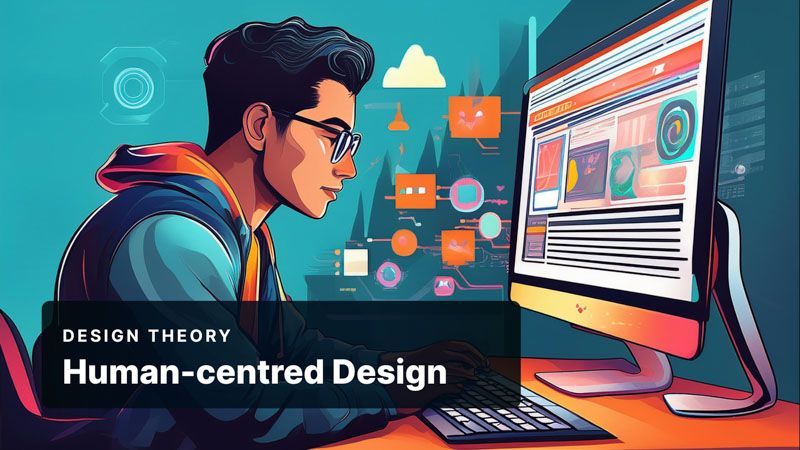Layout and Composition
Published: November 22, 2024
Author: Rhys Dyson
Mastering Layout and Composition in Web Design
In web design, layout and composition are the backbone of a website's structure, determining how elements like text, images, and interactive features are organised on the page. A well-composed layout does more than look aesthetically pleasing; it guides users through the website, ensuring they find the information they need without friction. This blog will explore key principles for achieving effective layout and composition in web design.
The Importance of Space
One of the most critical elements in layout design is the use of space. Space—whether negative (empty) or positive (occupied by content)—shapes how users perceive and navigate a website. Often referred to as white space, the areas between design elements can be just as impactful as the elements themselves. Proper use of white space enhances readability and allows key content to stand out.
Key principles for using space in web design:
White space around key elements: Surrounding your most important features (such as CTAs or headings) with white space helps them stand out, guiding the user’s eye directly to them.
Interior and exterior margins: Keep consistent margins around the edges of the page and between blocks of content to create a balanced, easy-to-read layout.
Line spacing for text: Avoid crowding text elements together. Adequate line spacing increases readability, especially for longer bodies of text.
Hierarchy: Leading Users' Eyes
Visual hierarchy is about arranging elements to guide users through the page in a specific order. Whether you want users to first notice a headline, an image, or a CTA button, hierarchy helps establish a clear reading path.
Key methods to create visual hierarchy:
- Size and scale: Larger elements draw attention first, so headings, featured images, or buttons should be bigger than secondary content.
- Positioning: Elements at the top of the page or higher on the screen are typically seen first. Use positioning to prioritise important content.
- Colour and contrast: High-contrast elements will naturally stand out more. Use colour to highlight buttons, links, or important calls to action.
The Grid System: A Designer’s Best Friend
The grid system is a fundamental tool for web designers, helping maintain order and consistency across the entire layout. By dividing a page into columns and rows, designers can align elements with precision, creating a balanced composition. A grid layout doesn’t restrict creativity but provides a foundation for more complex and flexible designs.
Why grids matter:
- Consistency: Grids ensure uniformity across multiple pages, creating a coherent experience for users.
- Alignment: A grid helps position elements in relation to one another, avoiding clutter and improving readability.
- Flexibility: Although grids provide structure, they can also be fluid, allowing responsive designs that adjust according to screen size.
The Role of White Space and Alignment
A common mistake in web design is the urge to fill every inch of the screen with content. But white space—or negative space—is crucial for clarity. White space between lines of text, around images, or between sections of content helps avoid overcrowding, making a site easier to navigate.
Effective use of white space:
- Clarity: It gives breathing room to your design elements, reducing visual noise.
- Focus: White space directs attention to the most important parts of the page.
- Elegance: It can make a design feel clean and sophisticated, enhancing the overall user experience.
Balance: Symmetry vs. Asymmetry
Balance in design refers to the distribution of elements across a page to create a feeling of stability. This balance can be achieved through symmetry or asymmetry:
- Symmetry: Symmetrical layouts are balanced around a central axis, creating a sense of harmony and order. However, overly symmetrical designs can sometimes feel static or predictable.
- Asymmetry: Asymmetrical layouts are more dynamic, using contrasting elements on either side of the page to create interest. Properly used, asymmetry can guide the eye and create a flow without overwhelming the user.
Layout as the Blueprint of Design
A well-planned layout is more than just the arrangement of elements; it’s the foundation of a user’s experience on your website. By strategically using space, hierarchy, grids, and balance, you can create a site that is visually engaging and easy to navigate.
In our next blog, we will
explore colour theory and how the effective use of colour can enhance a website’s emotional impact and usability.
Enhance Your Website Today
Effective layout and composition are key to guiding your users through your website seamlessly. Let’s create a website that not only looks clean and professional but also drives engagement. Contact me to discuss how strategic design can work for your business.
Enquire online

